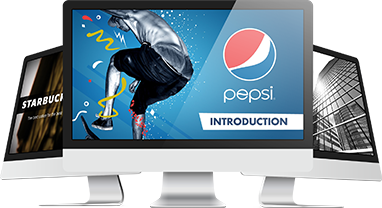The idea of adapting a sales pitch into a 30-second elevator pitch is to deliver a clear and concise speech that makes a good impression in a short amount of time.

When the elevator door opens and a potential client stands near you, you want to catch his attention and, hopefully, get his business card.
Stay ahead of the competition. Consider every pitch as the chance of a lifetime, so make a speech that sells more than it tells.
Here’s how you can plot your message similar to a well-crafted elevator pitch:
Establish Credibility
How can you earn someone’s trust in the span of an elevator ride?
The key is to establish credibility.
Reel your audience in at the very start and build a positive mental picture in their minds.
A short yet concise self-introduction makes you sound credible. According to presentation trainer Gavin Meikle, you can also literally walk the talk and exude credibility through confident body language.
Stating your specialization and longevity on the field, as well as your manner of speaking, are essential. Convince your audience that you’re worth listening to.
Build Curiosity
Eagle Venture CEO Mel Pirchesky’s famously quoted line summarizes the essence of an elevator pitch: “The objective of the first ten or fifteen seconds is to make your prospective investors want to listen to the next forty-five or fifty seconds differently, more intently than they would have otherwise.”
That’s why most elevator pitches build upon curiosity. They want to make the impression last until the last second.
Though short, elevator pitches shouldn’t reveal your entire offer right off the bat. It’s more of a prelude to the bigger pitch coming up once you’ve hooked your listener into paying attention.
For pitches, giving your audience a glimpse of your product’s benefits is great for hooking in a new lead. This suggests involvement and creates the right atmosphere for persuasion.
Express Spontaneity
Elevator speeches express spontaneity.
They sound like a story being told out of impulse, often in a conversational tone. This adds a greater sense of sincerity to your pitch.
When doing a sales pitch, avoid sounding like you’re reading a script.
Practice delivering your speech naturally while sharing your main idea and purpose. Asking a relatable question can also increase audience participation.
Summing It Up
Your sales pitch is your gateway for new leads. Craft an elevator pitch to hook your audience in the most concise and fastest manner possible.
Having problems creating pitch decks that sell? Contact pitchdeck.com and we’ll help you design a pitch deck presentation that gets you the sales you deserve!

Download free pitch deck templates now.
Get professionally designed pitch deck slides weekly.
Sign Up NowReferences
Cameron, Chris. “Going Up! How to Ride An Elevator Pitch to New Heights.” ReadWrite. January 11, 2010. Accessed July 01, 2015.
Meikle, Gavin. “How to Come Across as Credible With Your Audience.” InterActiv Presenting and Influencing. July 16, 2013. Accessed July 01, 2015.
Featured Image: “Elevator” by Gideon Tsang on flickr.com


